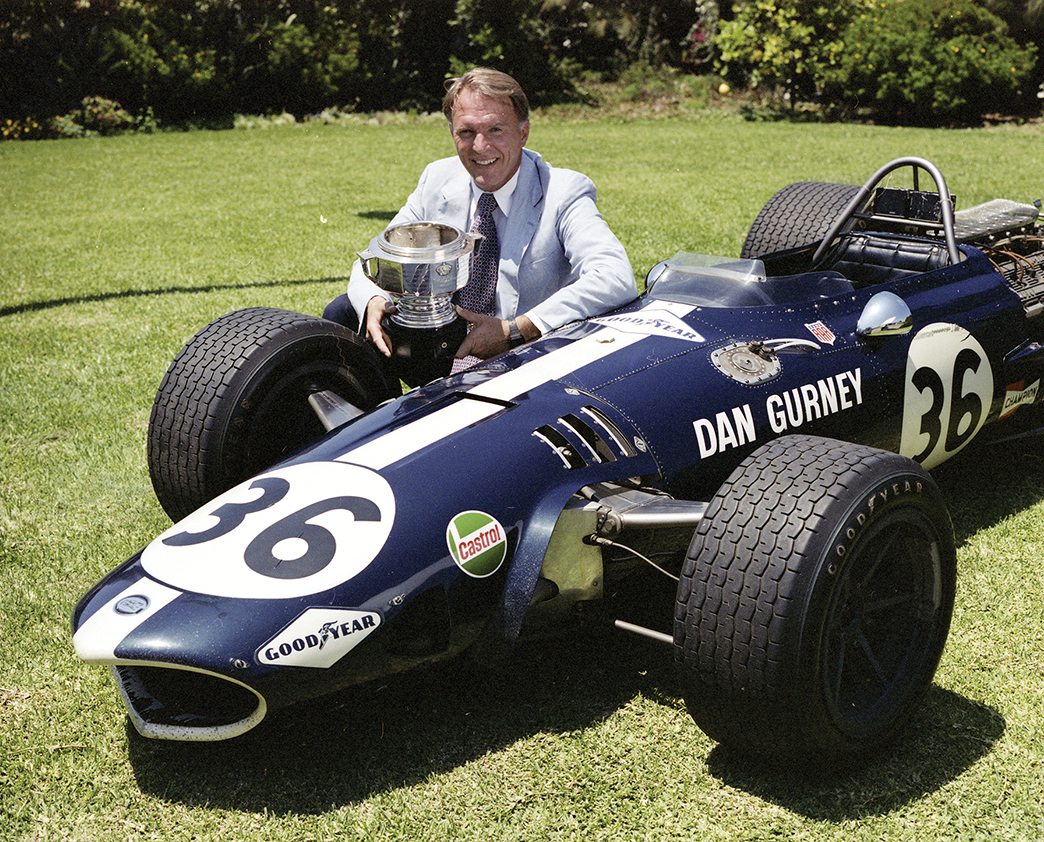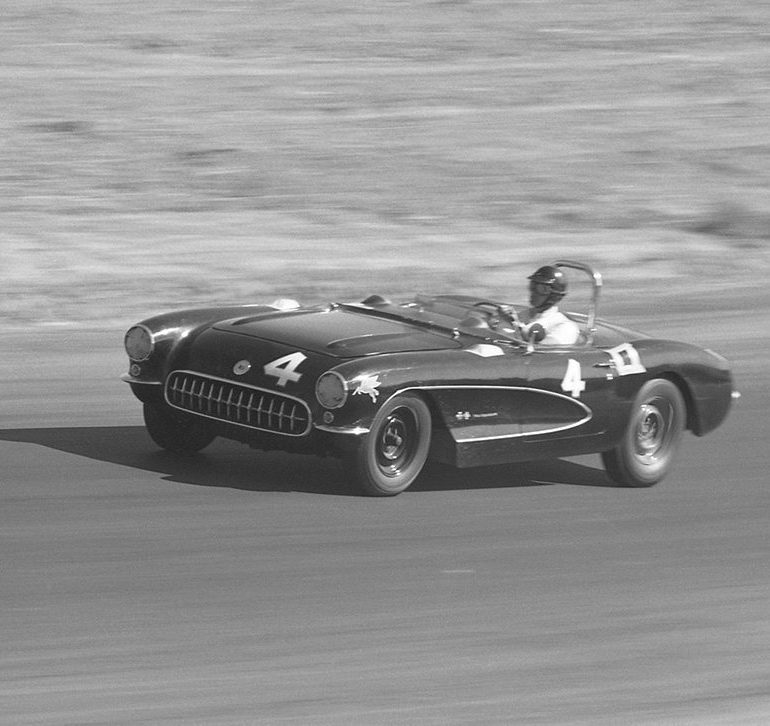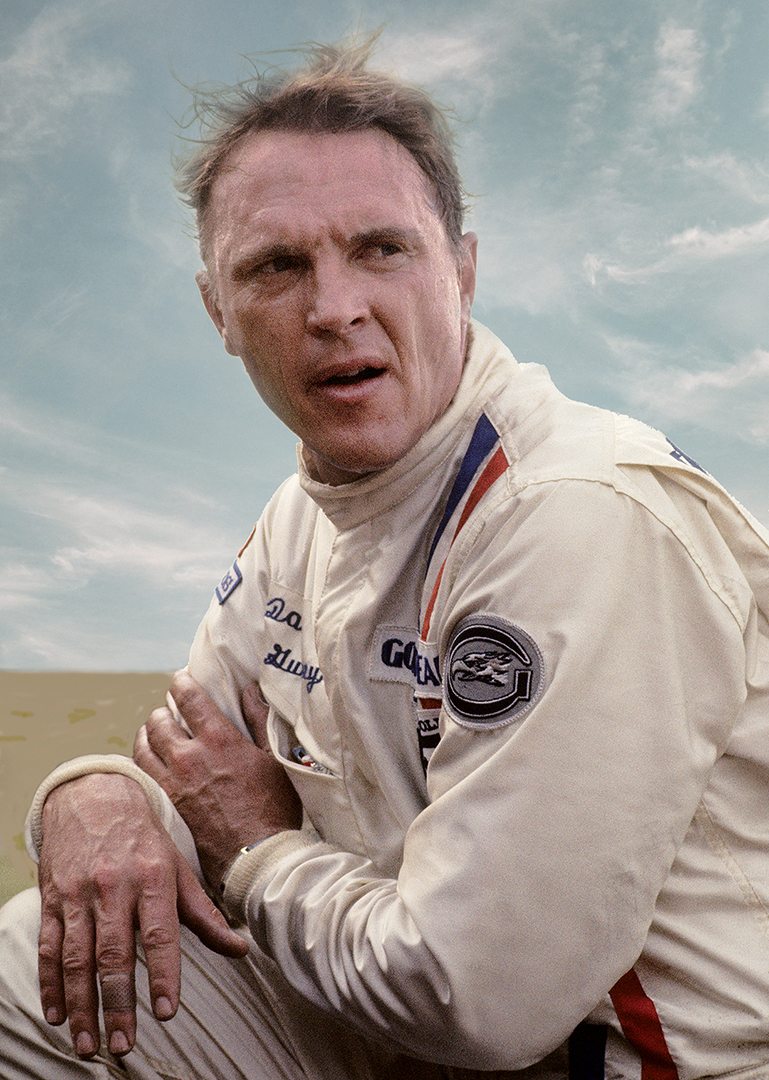
It is with a great deal of sadness that I write about Dan Gurney, who died on January 15. We were close friends and our times together go back to 1955 when he raced at Torrey Pines.
A number of those among us stood head and shoulders above all the others during the Golden Age of Motorsports. Juan Manuel Fangio, Stirling Moss, Carroll Shelby, John Fitch, Dan Gurney and Phil Hill immediately come to mind. But only one among that exalted group was proposed for President of the United States: Daniel Sexton Gurney. Of course, it was all in fun, but I seem to remember unbounded enthusiasm among young ladies of the time. Dan’s All American Racers is the only U.S. organization to build and campaign cars that have won in Formula One, CART, USAC and sports cars.
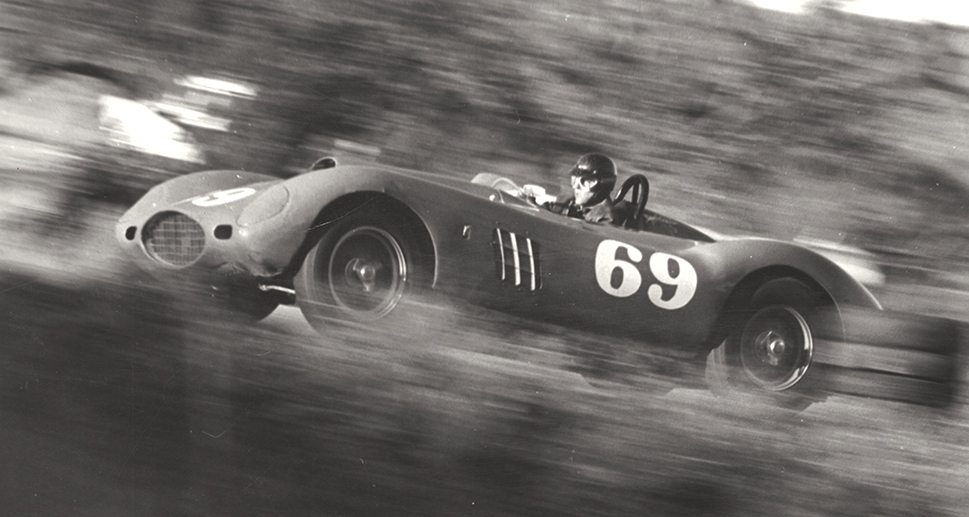
Born in 1931, Gurney barely missed being a member of The Greatest Generation. He is a member of what some have called “The Silent Generation”. It consists of those born in the 1930s and early ’40s. They are the last generation, climbing out of the Depression, who can remember World War II and its impact, which rattled the structure of their daily lives for years.
It seemed as if Dan could do anything and everything. As a driver, he won in virtually every category: Formula One, Indycars, NASCAR, Can-Am, Trans-Am and World Championship sports car events. He even drove a car he himself created to a Formula One victory, the famed Gurney Eagle with a Gurney-Weslake V12 engine. Not content with that, he constructed race-winning Indycars and was a team owner.
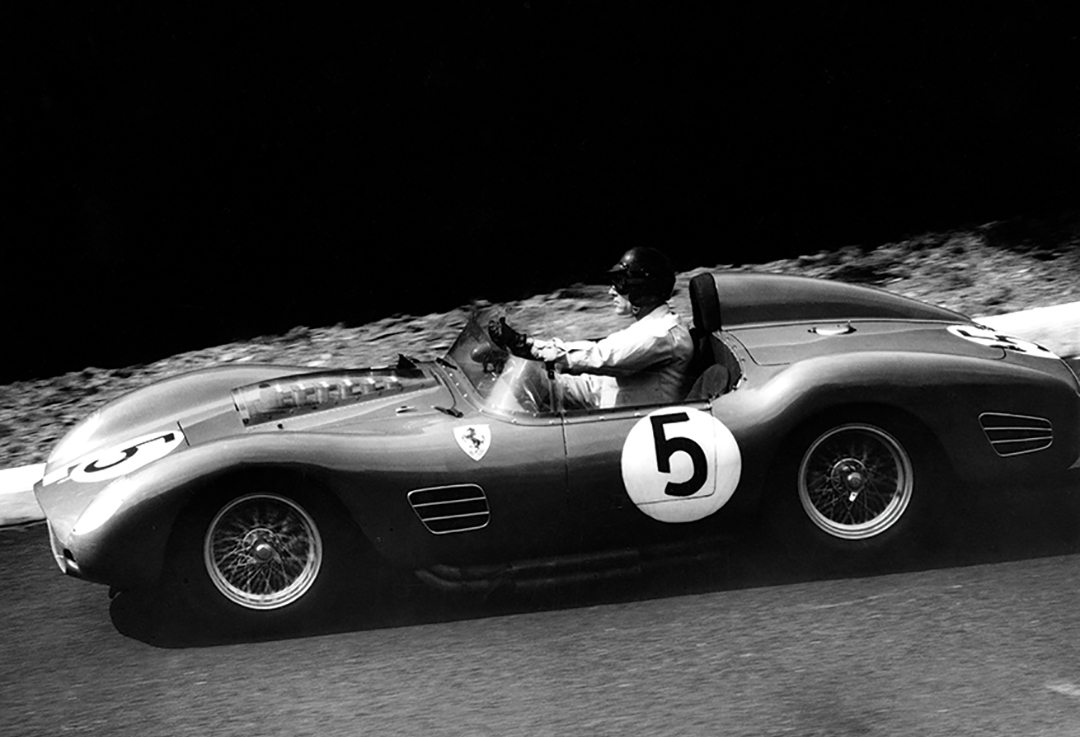
What may not be so widely known is how Dan got started. He was born in Port Jefferson, on Long Island, New York, on April 13, 1931. His father—John R. Gurney—was a well-known singer, a star of the Metropolitan Opera Company. His mother—Roma Sexton—was an art teacher and painter. Dan went to Manhasset High School, on Long Island, where he majored in hot rodding with his 1933 Ford roadster. He said that, “It was the only thing possible to do on a shoestring, as you put a car together from junkyard parts.”
His father retired in 1947, and a few days after Dan graduated from high school in 1948, the family moved to Riverside, California, where his parents had purchased a ranch with citrus and avocado groves. Following his mother and father in their 1948 Pontiac station wagon, Dan and his sister drove across the USA on Route 66 in Dan’s 1940 Ford. As soon as he arrived, he traded it for a chopped and channeled 1932 Ford coupe with a flathead V8. A succession of rods followed, and Gurney indulged in that great California pastime: street racing. His first “legal” race was in 1950, on the Bonneville Salt Flats, in a 1935 Ford “zeet-back” sedan with which he did 138 mph (222 kph). In the meantime, Dan continued his education at Menlo Junior College.
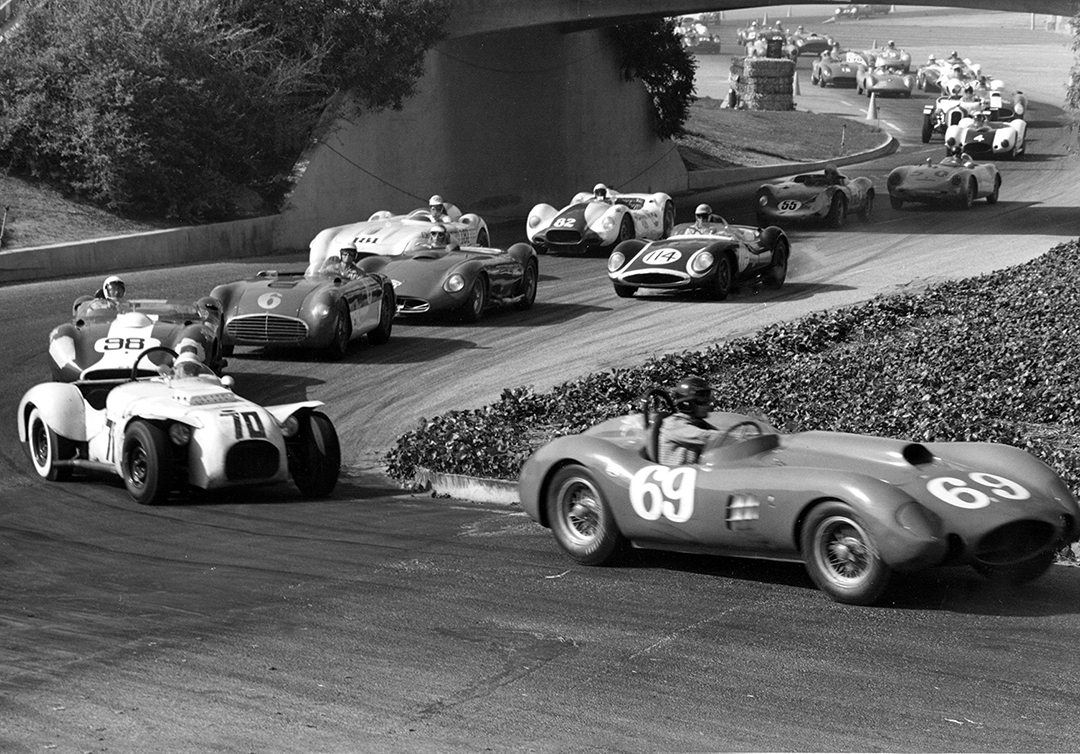
Just as he graduated, however, an unpleasantness arose in Korea. In late 1951, Gurney was accepted into the U.S. Air Force Air Cadet program. He was told to report to Randolph Field in Texas to begin testing to become a pilot. Actually, he wanted to be a fighter pilot. But a problem arose when Dan’s mother told the Air Force that he was married. “That washed me out,” he said, “Air Cadets were not allowed to be married during pilot training.”
Rather than be drafted, Gurney enlisted in the Army and went on active duty on October 16, 1952. It was a two-year commitment at that time. He had basic training at Fort Ord and advanced training at Fort Bliss. He became a gun mechanic for anti-aircraft cannons. Next, he was sent to Korea and served on the B Battery of the 78th AAA Gun Battalion that protected the K-13 air base near Suwon. While there, he was promoted to Corporal and had his own Jeep. Driving the Jeep, Dan would travel to other battalions to trade parts and other components. Three months after he arrived in Korea, all the fighting stopped due to a ceasefire. Other than target practice and shooting at what they called “Bed Check Charlie,” an aircraft that flew over their base at night, this was the only action Gurney saw firing his 90-mm aircraft cannon. After two years of service, Dan was discharged in September 1954.
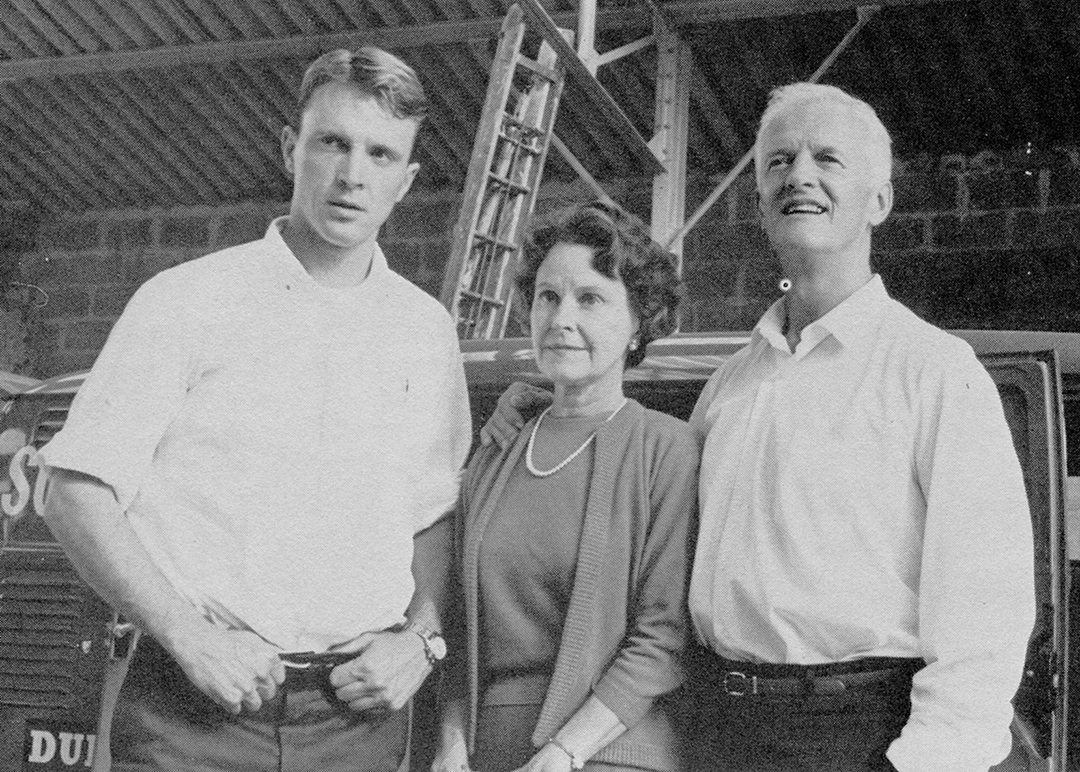
He returned to Riverside and, as a result of buying a Triumph TR2 with his mustering-out pay, gravitated toward the sports car scene. His first race was at Torrey Pines on October 23, 1955. Even though he had entered the TR2 as a production car, he ran in the one-hour main event for modified cars over 1500-cc. Bill Murphy won Dan’s race, followed by Chuck Daigh and Jack McAfee. Dan finished two laps behind the three in 10th overall and 3rd in Class E. He ran the TR2 again at Palm Springs in December, but had a problem when he hit a hay bale trying to avoid Bruce Kessler. Afterward he said, with a grin, “I guess I should have hit Bruce.”
In 1956, Dan bought a 1600-cc Porsche Super Speedster in which he ran a number of races. On June 23, at Pomona, he was 2nd overall in the race for production cars 1500-cc to 2700-cc. Second was a first-rate performance in that his competitors were all in cars over two liters. The next day—Sunday—he was 6th overall and 1st in Class E. The Sunday event was for big-bore production cars and included 300SLs, Corvettes and Jaguars. Again, this was an excellent result considering the competition. At Santa Maria on July 8, he scored another class win and later that month had his first overall win at Montgomery Field, just north of San Diego. At Paramount Ranch in November, he failed to finish due to a broken clutch cable. Of an incident at Paramount, Dan said, “When you know you’re in deep trouble, your hair stands on end, even under a helmet—and mine did! That course was dangerous, even by the standards of the time.”
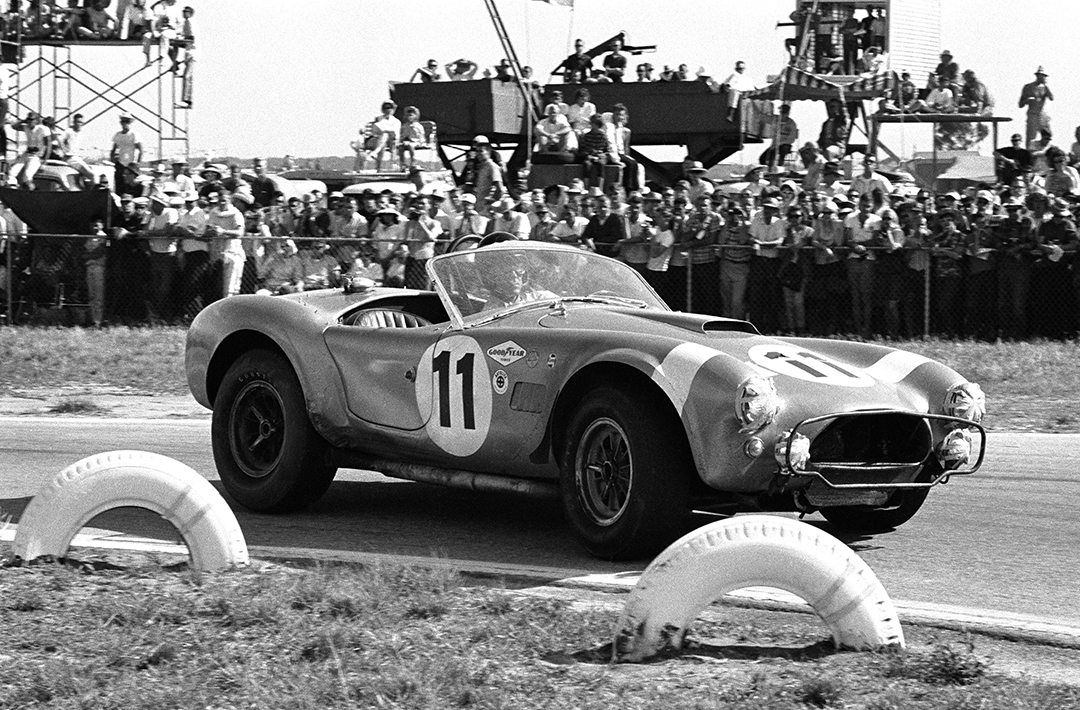
The following year Gurney graduated to driving “other-people’s” cars. On May 18, at Santa Barbara, he drove Aussie star E. F. (Robbie) Robinson’s Lancia Aurelia in the big-bore production race. Robbie told Dan that he had potential. At the very first race at Riverside, in September 1957, Dan drove a Corvette owned by dealer Cal Bailey to 1st overall in the big-bore production race. This was a sensational win, not only because it was his first time out in a Corvette, but also considering the stiff competition from much more experienced drivers. Moved up to the main event, he took the Corvette to 6th overall. This was a creditable result in that the event had mostly Ferraris and Maseratis. Dan’s was the first production car. He was clocked at 133.13 mph down Riverside’s back straight.
By then, Dan had come to the attention of Frank Arciero, who fielded Ferraris for up-and-comers. Arciero entered Gurney in the November 17 SCCA National at Riverside in his potent 4.9 Ferrari. A host of hot dogs were there including Carroll Shelby, Masten Gregory and Jim Hall in Maseratis, Jack McAfee in a 3.5 Ferrari, Walt Hansgen in a D-Type Jaguar and Richie Ginther in another 4.9. At the start, Shelby, Hansgen and Gregory led off, but all of a sudden, Gurney passed all three and charged to the front. Toward the end, Shelby managed to pass Dan, and that’s the way it ended. At the checkered flag, Gurney was only five seconds behind Shelby, who had set a new course record. Dan’s first big win came at Paramount Ranch on December 8, 1957, where he won the main event in the Arciero 4.9. Gurney went on to score 14 overall sports car wins in Southern California. A new star had burst onto the scene.
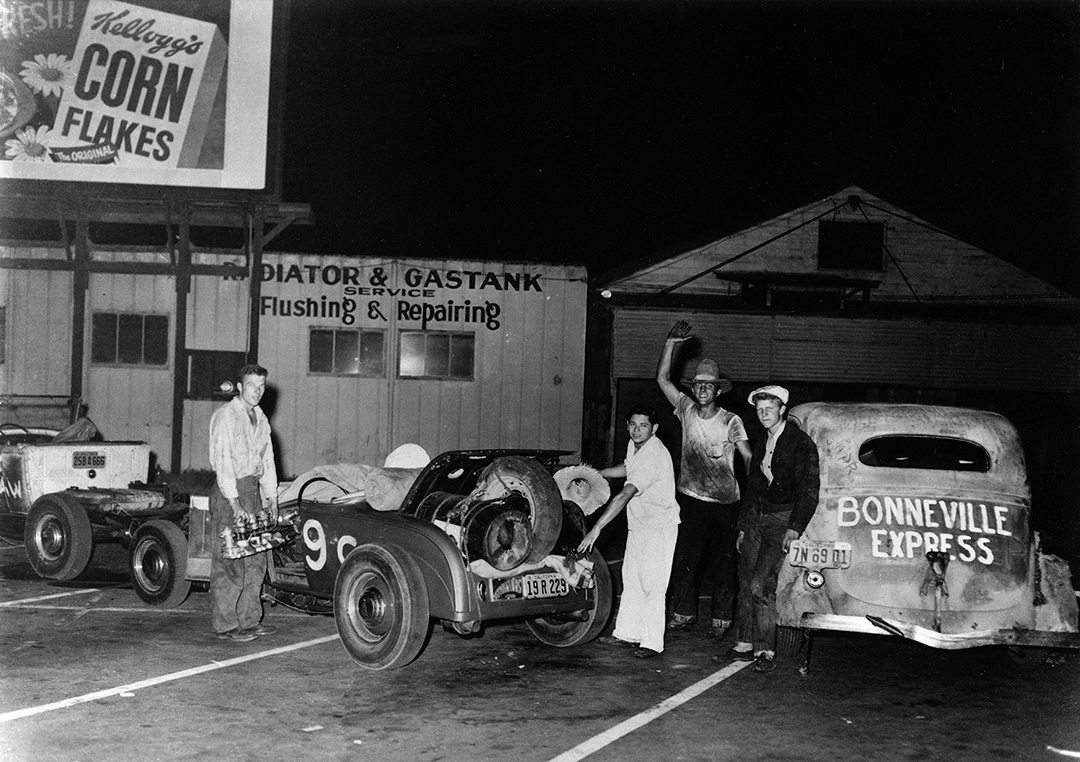
In 1958, Gurney hit the big time driving for Luigi Chinetti’s North American Racing Team (NART) at Le Mans alongside Bruce Kessler in a Ferrari 250 Testa Rossa. They were running 4th overall, in the seventh hour, when Jean-Marie Brousselet crashed his Jaguar, causing Bruce to run into the D-Type and taking out the Ferrari. Next Dan drove a Ferrari at the Reims 12 Hours with Andre Guelfi. While they failed to finish, Dan impressed Enzo Ferrari enough to give him a contract for the 1959 season, when he and Jean Behra raced at Le Mans for Ferrari in a 250 TR. Also that year, Dan and Chuck Daigh, together with Phil Hill and Olivier Gendebien, won the 12 Hours of Sebring. Gurney drove Formula One for Ferrari in 1959 finishing 2nd, 3rd and 4th in four Grands Prix, quite a record for a newcomer. Formula One rules were changed in 1961, so Gurney changed to the factory Porsche team. During that year, he scored one 2nd and three 3rd places. The next year, Porsche built a car with a more powerful eight-cylinder engine. Dan won the French Grand Prix plus a non-Championship Formula One race in Germany. Porsche dropped out of Formula One competition after 1962. While racing with Porsche, Gurney met the team public relations officer, Evi Butz, and they were married seven years later.
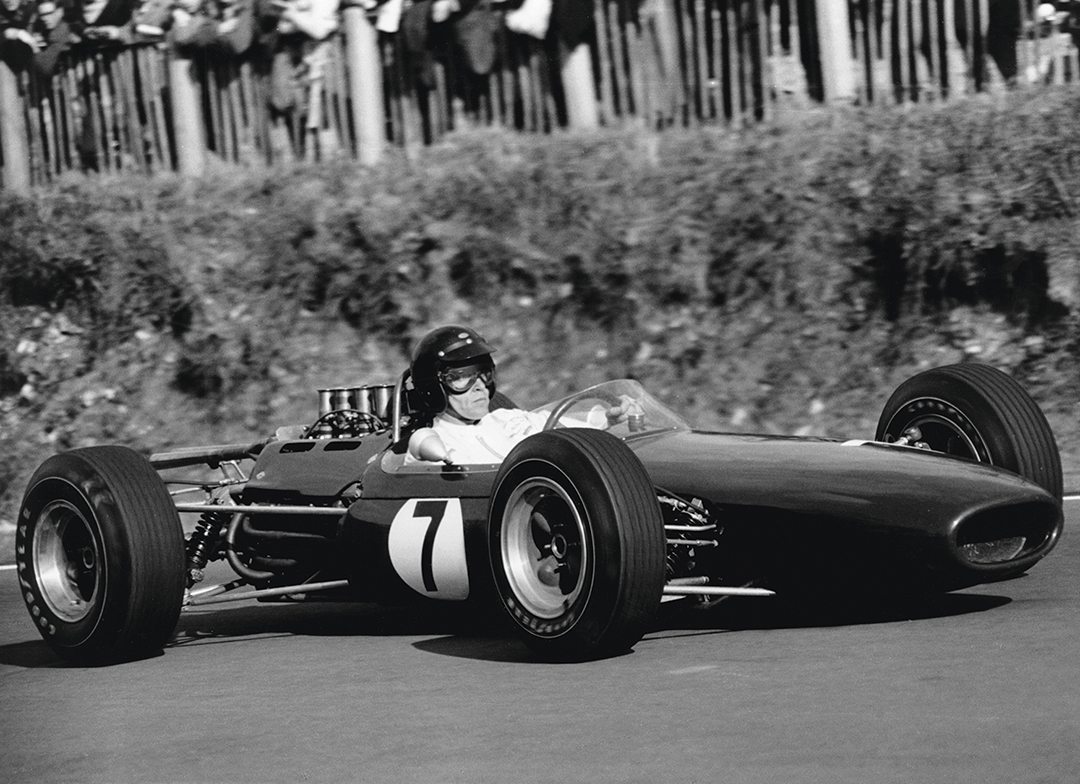
In 1963, Jack Brabham hired Dan to drive for the Brabham Racing Organisation. The team raced cars designed and built by Brabham. Gurney won the French Grand Prix at Rouen in 1964. During his time with Brabham, Dan had two wins and stood on the podium 10 times.
In NASCAR competition, Dan ran 16 races over a 10-year period. He won five. He won the 1963 Riverside 500 for Holman-Moody and then the 1964, 1965, 1966 and 1968 races for the Wood Brothers. Dan’s five wins were the all-time record at Riverside.
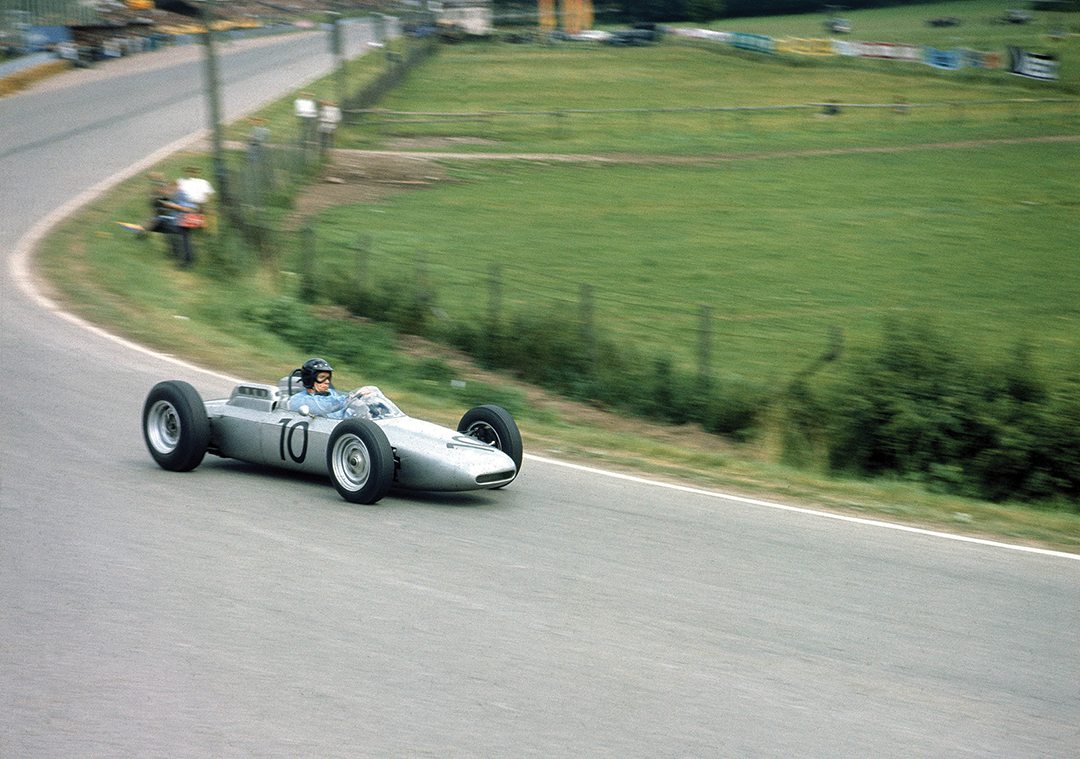
In 1965, Dan Gurney and Carroll Shelby formed the All American Racers team. Not only that, Dan raced for Shelby American when he was 2nd at Daytona in 1966 and then the big one when he and co-driver A. J. Foyt won the 1967 24 Hours of Le Mans.
Gurney, however, had set the goal of winning the Formula One World Championship in an American car. By that time, Shelby had left and Dan was all on his own. He formed a team he called the Anglo-American Racers, to campaign the Eagle in Formula One. He wanted to use the Weslake V12 engine, but it was not ready for the start of the 1966 season. So he installed an outdated 2.7-liter Coventry-Climax four-cylinder and used it five times; the best he could do with it was a 5th at Reims.
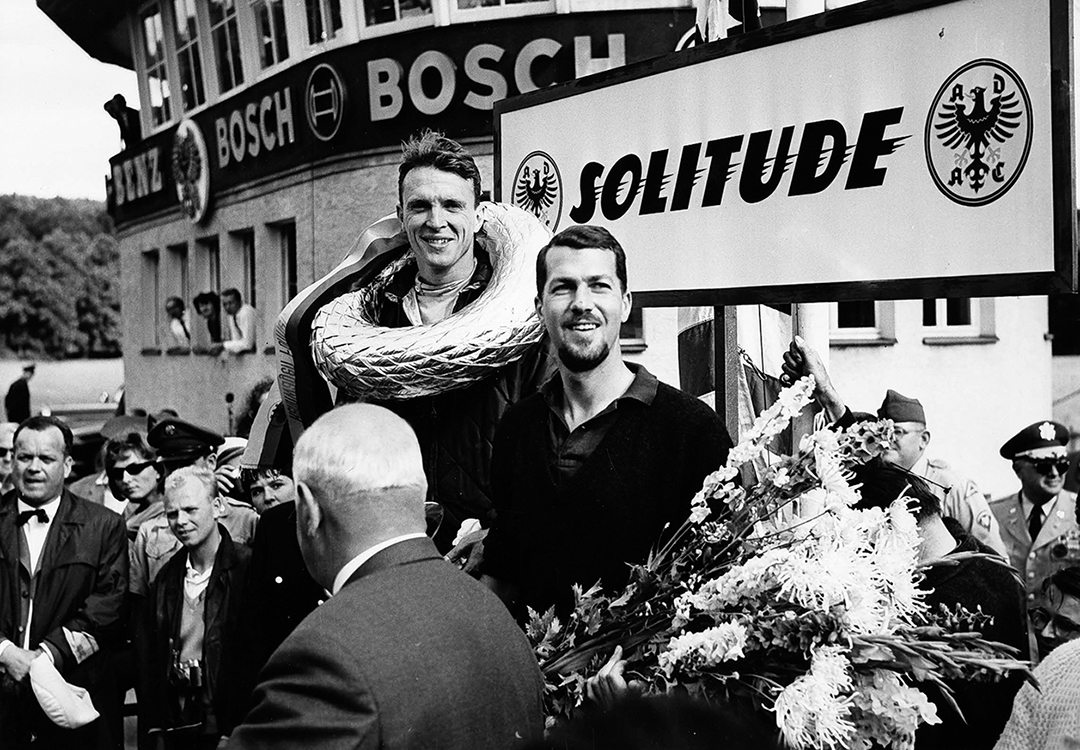
The debut of the Gurney Eagle with the Weslake engine took place in September 1966 at Monza. In March 1967, Gurney won a non-championship Formula One race at Brands Hatch, England. But the big win came that June 18, when Dan won the Belgian Grand Prix. It was a historic victory for an American to win a Formula One Grand Prix in an American car.
In Formula One, Gurney started 88 races, garnered three pole positions, four wins and stood on the podium 19 times. From 1959 through 1970, he accumulated 132 World Championship points.
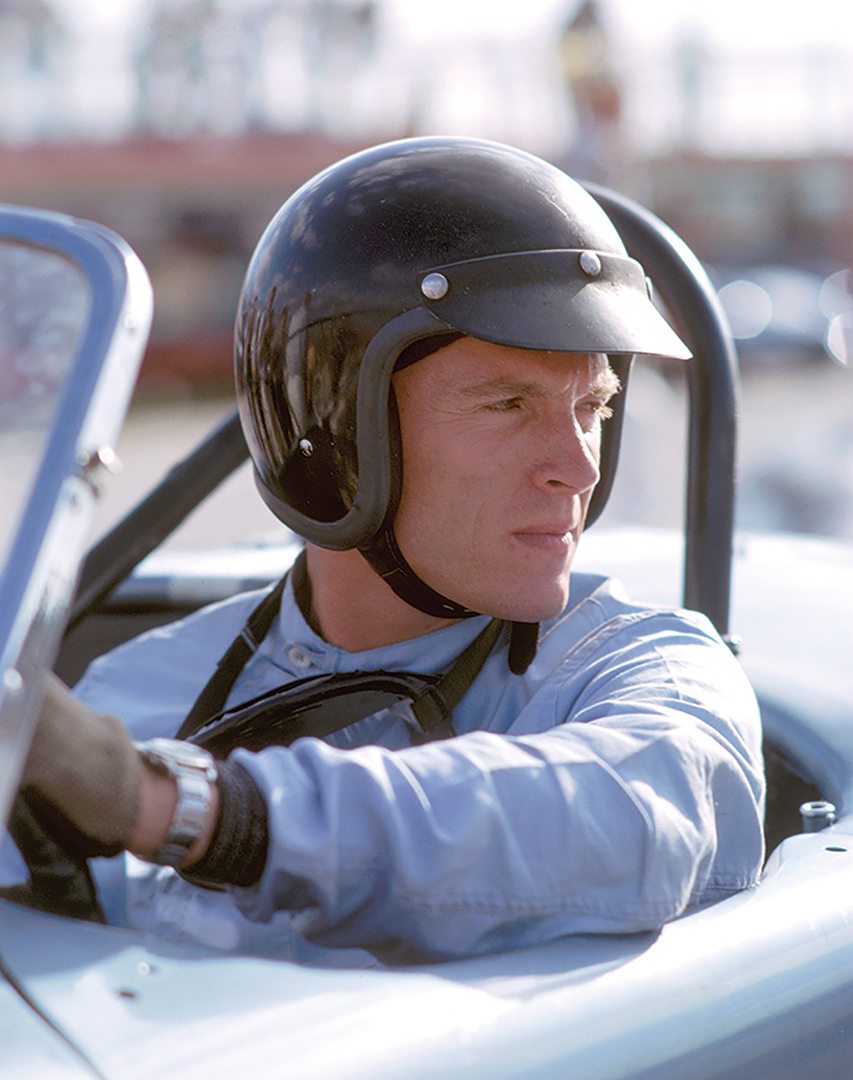
After filling in for the recently departed Bruce McLaren and winning two SCCA Can-Am races for McLaren in the Spring of 1970, Dan retired from racing at the end of the season.
In Indycar racing, from 28 starts—all but eight at the wheel of his own Eagles—he took 10 pole positions, had seven wins, four 2nds and five 3rds. In 1968 and ’69, he finished 2nd at Indianapolis. His record shows three Can-Am wins and one Trans-Am triumph. In total, he raced in 312 events in 20 countries driving 25 makes of cars, winning 51 of them. In total, he won four Grands Prix, seven Indycar events, five NASCAR races, three Can-Ams and one Trans-Am, as well as single sports car wins at Daytona, Sebring, the Nürburgring and Le Mans, plus class victories in the Targa Florio and at Le Mans.
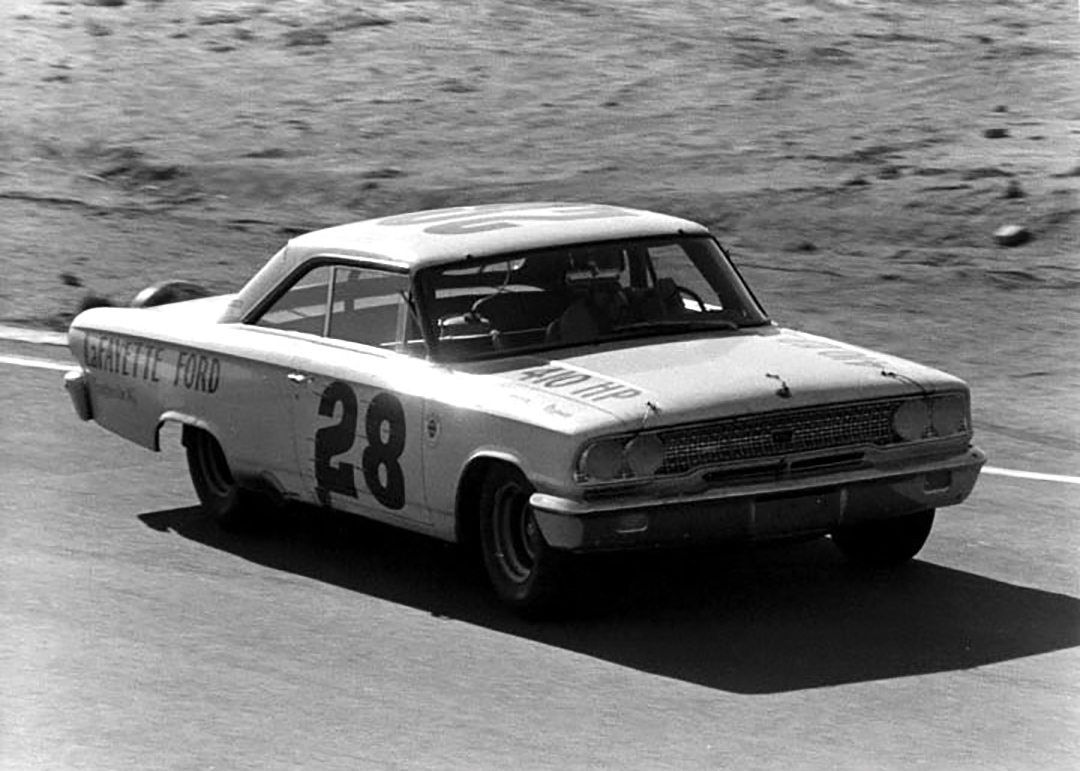
Gurney became a member of the Screen Actors Guild in 1965. He appeared in Winning, A Man and a Woman and Grand Prix, as well as a number of Toyota commercials. He is one of the founders of the Long Beach Grand Prix. His swan song was participating at the Long Beach Grand Prix from 1980 through 1991 in a supporting event called the Toyota Pro/Celebrity Race, which he won several times.
After his retirement from the cockpit, Gurney turned his full-time attention to his career as a carmaker and team owner. He served as the Chairman and CEO of All American Racers until his son, Justin, took over as CEO in 2011. The team won 78 races including the Indy 500, Sebring and Daytona, and Eagles built by AAR have won three Indy 500s and three Indycar National Championships.
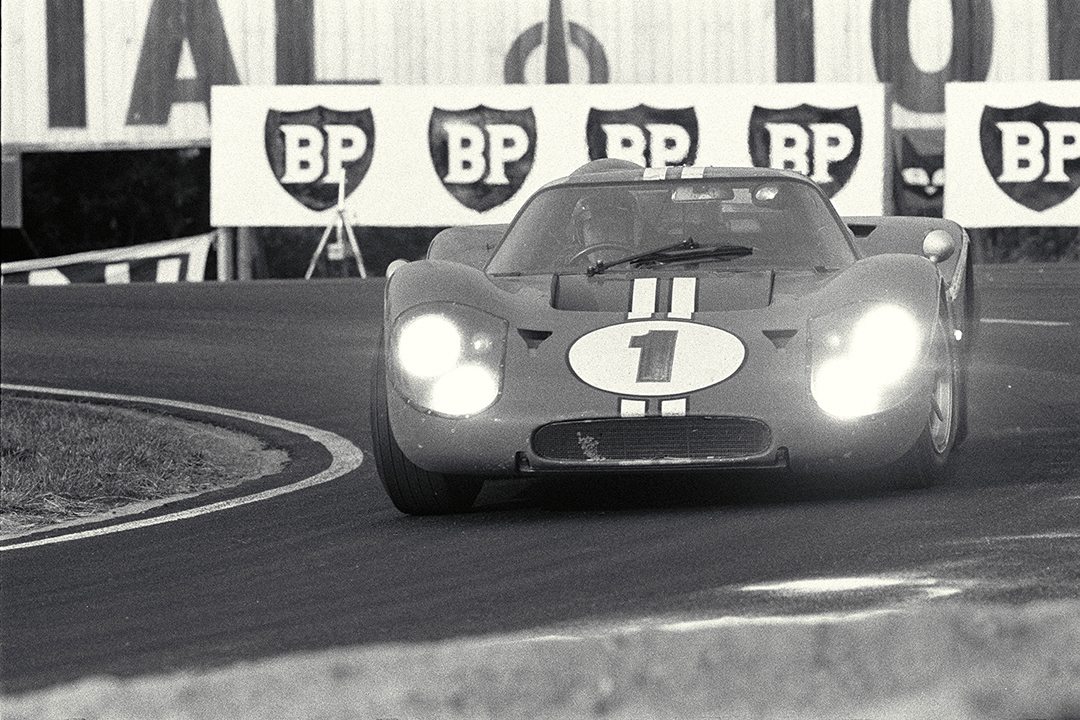
On a personal note, in 1985, I organized a Vintage Formula One race on the downtown streets of Palm Springs, and Dan was one of the first who agreed to help me, taking his Formula One-winning Gurney Eagle-Weslake out of the Cunningham Museum, preparing it and racing it himself for the last time. He was the sensation of the weekend. Thanks, Dan.
Dan Gurney was inducted into the International Motorsports Hall of Fame in 1990, also into the Motorsports Hall of Fame of America, the Sebring International Raceway Hall of Fame and the West Coast Stock Car Hall of Fame.
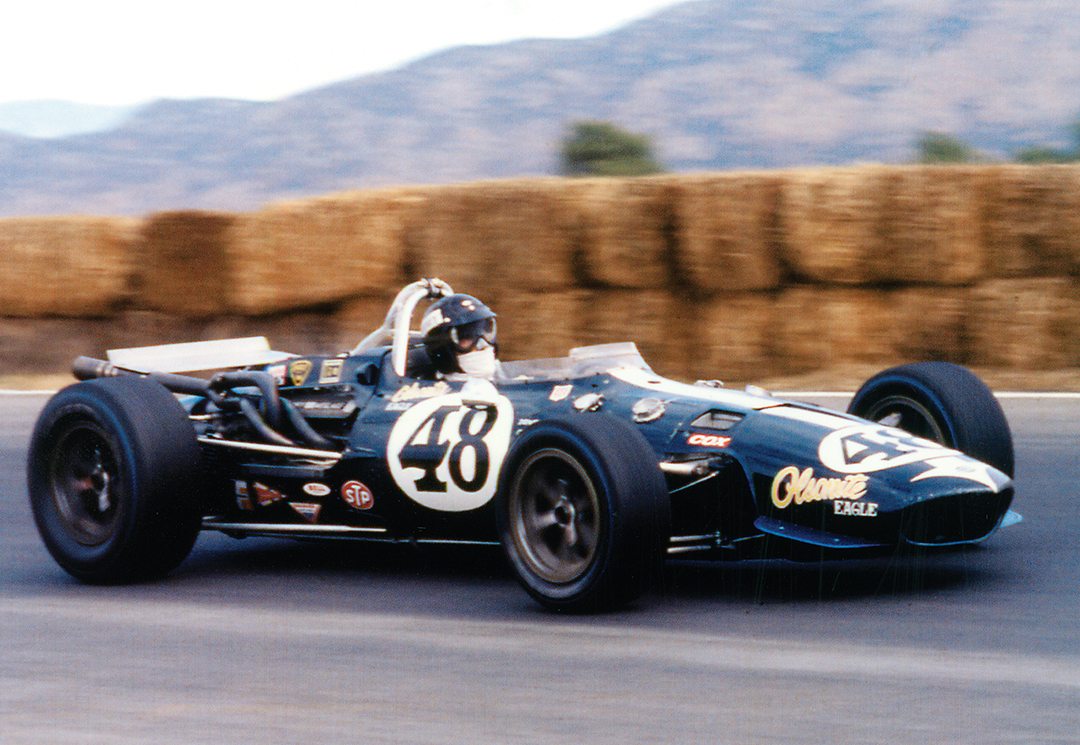
Today, All American Racers is well known and a respected carbon composite factory run by Dan’s son, Justin, with 180 employees. Among other projects, AAR is building the landing gear for Elon Musk’s space rockets, as well as other projects for the military and Tesla.
Gurney and his wife, the former Porsche Press Officer Evi Butz, lived in Newport Beach, California. They had two sons. Dan also had four children from his first marriage, and had eight grandchildren. He enjoyed reading history, old movies, opera, cigars and motorcycling. Gurney’s son, Alex, has twice won IMSA’s Daytona Prototype Championship.
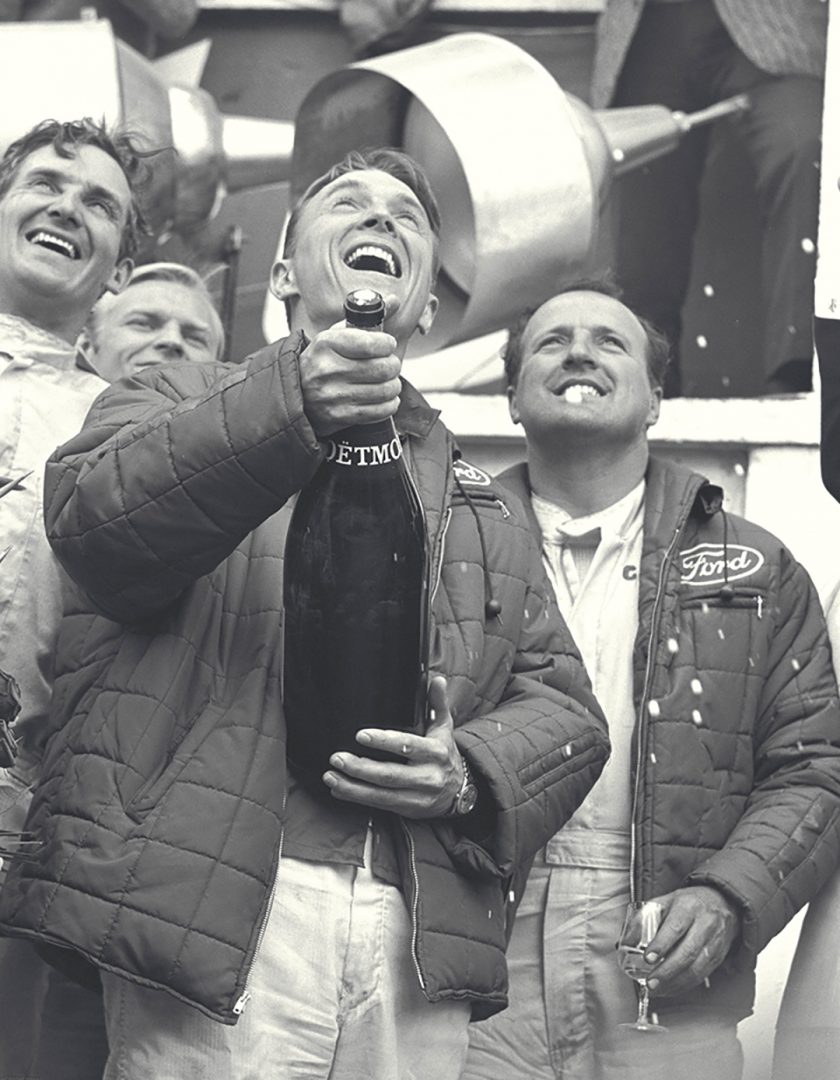
Dan Gurney enjoyed a considerable international fan base and was well liked within the motor racing industry. Not content with a quiet retirement, Dan had designed and developed a rather unique motorcycle, the Gurney Alligator, that has to be seen to be believed.
Click here to order either the printed version of this issue or a pdf download of the print version.
